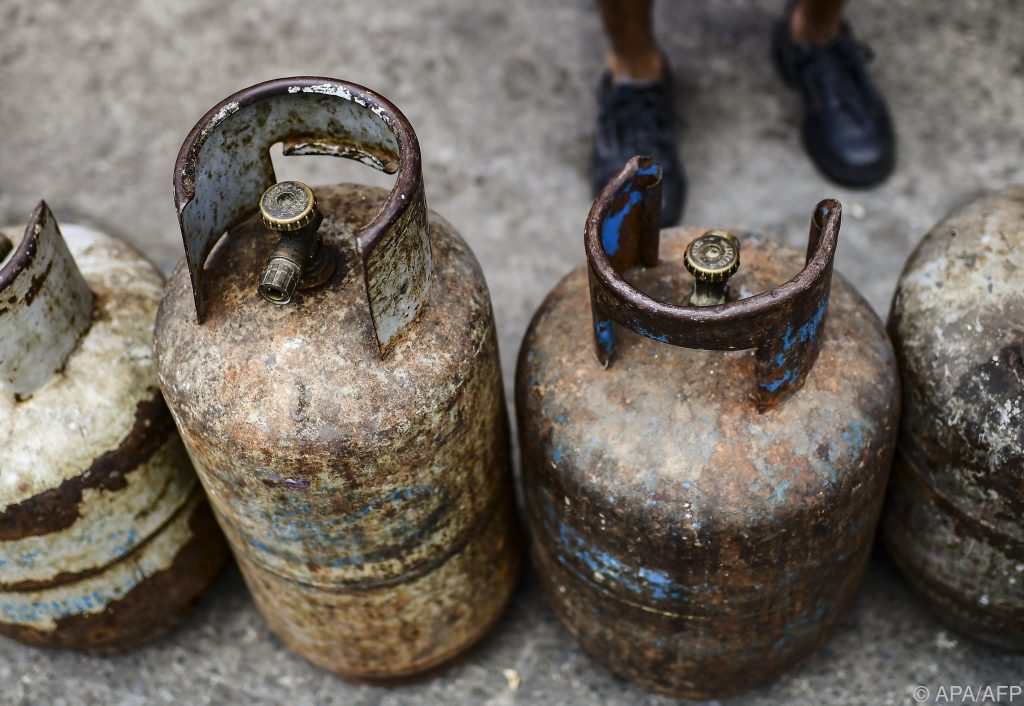Not only do camping stove friends tend not to associate propane with the term “coolant,” but it can be used as such in air conditioning systems, for example. Researchers from the International Institute for Applied Systems Analysis (IIASA) in Laxenberg (Lower Austria) have now calculated in the journal “PNAS” that propane as an alternative to conventional refrigerants can slow global warming somewhat. However, legal requirements still stand in the way of wider use.
Since the 1987 Montreal Protocol, 198 countries – including Austria – have committed to abandoning the use of CFCs. However, the hydrofluorocarbons (HFCs) now used in refrigerators, air conditioners and heat pumps have a side effect that leads to the greenhouse effect. And not too short: A refrigerant called HFC-410A 2256 stores twice as much energy in the form of heat over a 100-year period as carbon dioxide, according to a release by IIASA. Pallav Purohit of IIASA and colleagues calculated in the spring in the journal Nature Climate Change that the use of these compounds should be reduced further than previously agreed in international agreements.
In the “Kigali Agreement”, which Austria also ratified in September 2018, a cut in HFCs was specified. This has led manufacturers to search for alternatives. Currently, people are turning to HFC-32 in particular, which still has a devastating climate footprint. If it was released into the atmosphere while air conditioning systems were running, it would still store 771 times more energy than carbon dioxide. In order to prevent the use of HFCs, Borohit’s team is now focusing its current work on propane, which is known to be highly flammable.
If you were to convert the split air conditioning systems that are commonly used around the world – these are systems that have one part inside the room and one outside – to propane, there would be a significantly better climate balance for room cooling. This is already responsible for about ten percent of global energy consumption. According to forecasts, the demand for devices will more than triple by 2050.
Conversion also increases efficiency
According to calculations, switching to propane, which is less harmful to the climate, will also increase the energy efficiency of the devices. By the end of the century, propane split air conditioners will reduce global warming by about 0.09°C. On the other hand, switching to HFC-32 as a refrigerant, would only weaken the effect by about 0.03 degrees, the scientists say.
In systems with an output of up to seven kilowatts, propane can be described as a technically reasonable alternative to HFC-powered split systems. Borohit told APA that more than one million of these devices are now in use in China and India. The high flammability of the gas, which has the trade name HC-290, is primarily a production challenge. But if all safety precautions are taken there and the installation is done professionally, “there should be absolutely no need for consumers to worry at all,” says the researcher.
However, in many countries, standards still stand in the way of their use. According to Borohit, this is a “major barrier” to implementation in our latitudes, for example. However, a report by the European Commission addressed this issue as early as 2016 and came to the conclusion that regulations stand in the way of expanding alternatives to more climate-friendly cooling systems.

“Total coffee aficionado. Travel buff. Music ninja. Bacon nerd. Beeraholic.”







More Stories
GenAI in everyday work – Top management is moving forward with AI, employees are hesitant » Leadersnet
Foreign Exchange: Euro rises against the dollar
Lufthansa Group: Austrian Airlines, the Boeing 737 MAX and the cargo problem